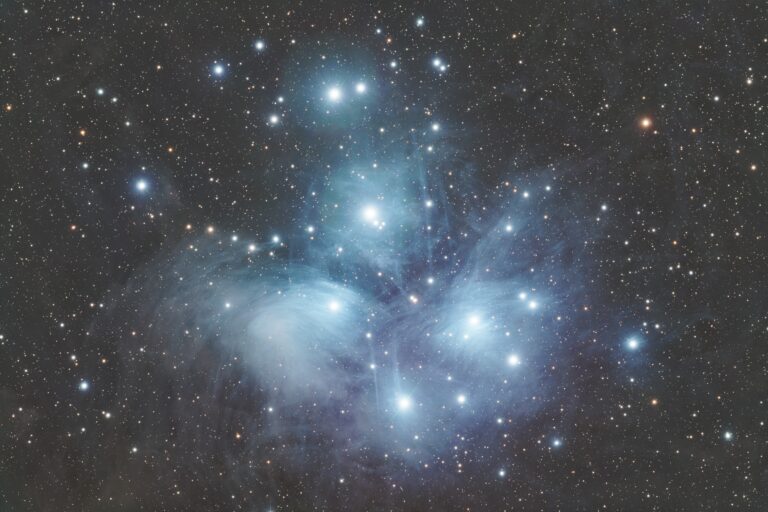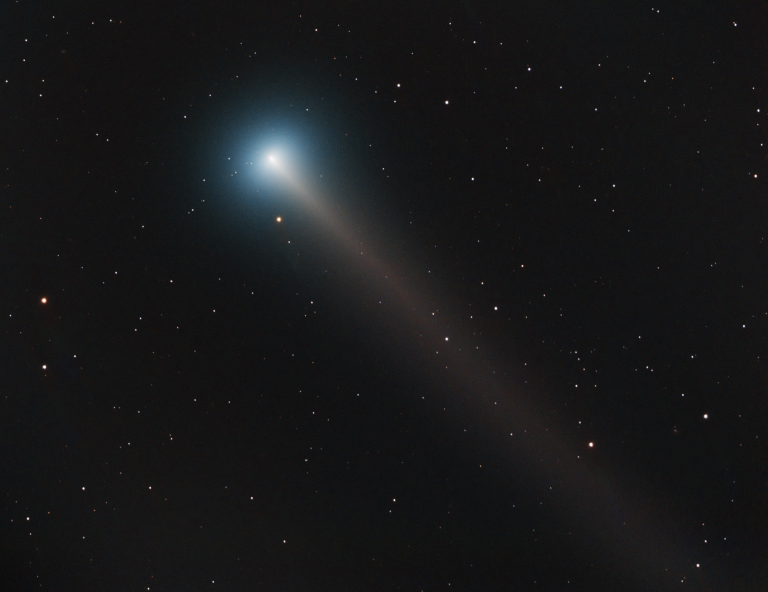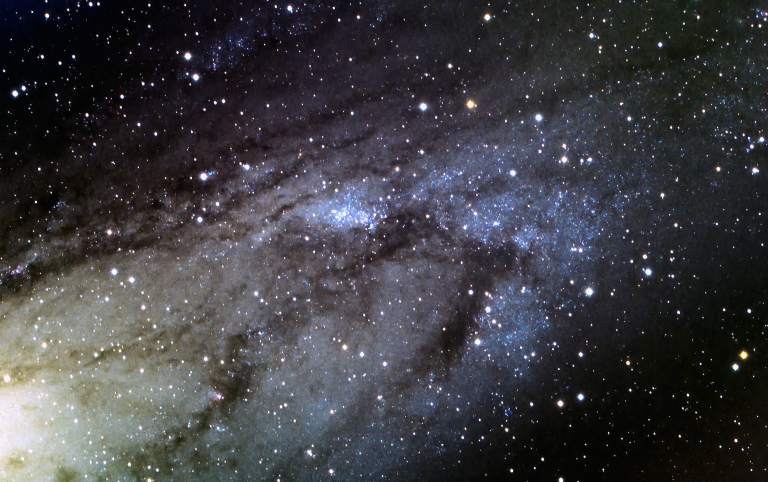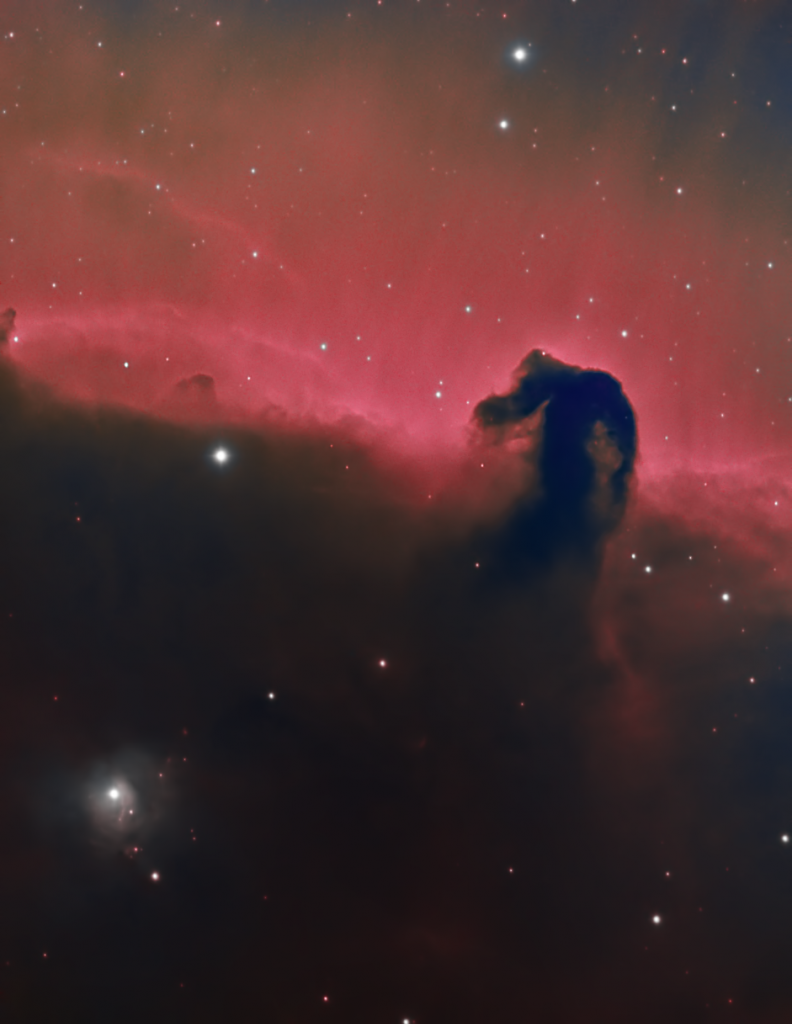
Similar Posts

Beating light pollution with a new synthetic RGB algorithm
Imaging deep sky objects from a suburban driveway forces one to find ways to deal with light pollution. Light pollution is the enemy of astronomers – but in reality, there are ways around it. Some of the most beautiful objects in the cosmos are called emission nebula. They are clouds of gas, often where new…

The Seven Sisters
Here’s 20 hours of exposure time on the Pleiades in Taurus… a lot of people call this the “little dipper” since it does look like a tiny one to the eye, but the little dipper is a larger constellation. Although it’s known as the “seven sisters,” in fact it’s a cluster of a thousand or…

Comet Leonard is coming!
Comet C/2021 A1 (Leonard) is approaching the Sun – right now it’s only above the horizon in the early morning hours, but soon it will loop around and be visible in the evening. As of right now, you need a telescope to see it – it’s too dim even for binoculars. But it’s possible it…

The Fox Fur Nebula (and more!)
I’ve wanted to image the “Fox Fur Nebula” for awhile now – it’s pretty obvious where it is in this image! Within the same field of view is the Cone Nebula (near the bottom.) It’s all an area of gas within the Christmas Tree Cluster, which is an open cluster of stars that kind of…

The Coalsack, Imaged from Australia!
It’s been really cloudy lately in Central Florida, so instead of imaging from my driveway, I’ve tried using remote observatories. This particular image was taken using a telescope in Australia, using a service called telescope.live. This is the “Coalsack nebula”, a dark cloud of gas obscuring the Milky Way in the Southern hemisphere. We’re looking…

A Star Cloud in Another Galaxy
NGC206 is an unusual object. It’s a cluster of stars, which in itself is not unusual at all… but it’s in ANOTHER GALAXY. The Andromeda Galaxy, to be precise. The fact that we can see it so clearly, two and a half million light-years away, boggles the mind. It’s that cluster of blue stars near…

